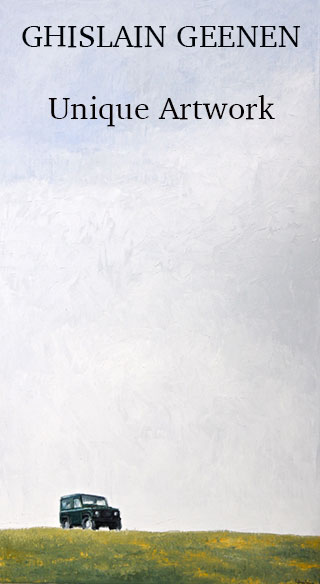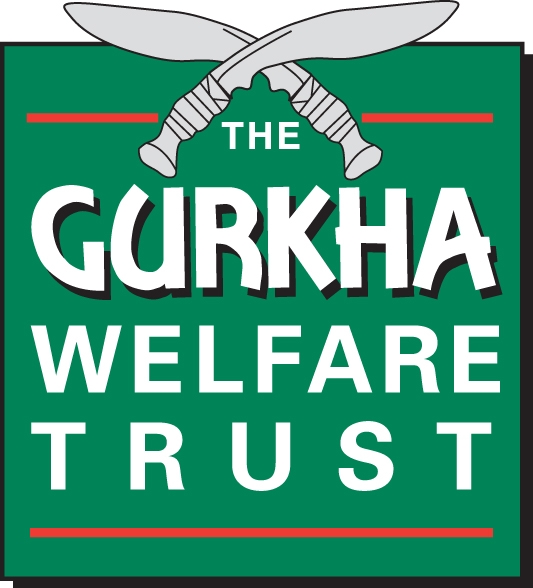Social media has fundamentally changed how people understand the world. It’s so powerful that it has; won and lost elections, made and wrecked careers and marriages, and, very sadly, its influence has led to numerous suicides.
The ability to use it to shape, even form, people’s opinions and influence their actions has been harnessed by many people, organisations and governments around the world to achieve their aims.
Shooting is currently under a level of attack by organised opponents, the like of which it hasn’t been seen before. Various pro-shooting organisations are doing a very good job of countering their arguments by producing endless papers full of academic research proving the conservational, economic and societal benefits of shooting.
They have highlighted the contrast between wild/free range game animals versus farmed animals to win the morality argument. They have debunked the class war argument through pushing the wide spectrum of society that takes part in shooting. In short, all the arguments put forward by the antis can be countered conclusively, yet shooting seems to be on the back foot. Why? Because, in the words of the current POTUS, “We’re living in a post-fact era, where fake news and misinformation rule. It’s not what you say these days it’s how you say it.”
Quite simply, the shooting community isn’t reaching enough of the right people in the right way and it doesn’t matter if the antis’ arguments are lies, if they say those lies in the right way. In this battle of “likes” the shooting community is severely falling behind the media-savvy opposition from extremist animal-rights lobbyists.
It is hard to measure how far behind shooting sports advocates lag in this electronic war but a cursory look at followers on Facebook, still by far the largest and most important platform, begins to tell a story. BASC is the largest pro shooting organisation, claiming to have 155K members, yet it only has 42K followers on Facebook! In contrast, the League Against Cruel Sports has 255K followers on their main page and many more spread across its numerous other subpages.
BASC’s lack of reach on social media is criminal. How can an organisation with a paid full-time social media official have fewer followers that it has paying members? Especially when you consider that it cost £50 to become a member and nothing to follow them on social media.
So who should the shooting community be looking to convince others of the benefits of shooting? People already involved in the sport know and experience these. They are not the target audience.
Entrenched anti-shooting lobbyists are not going to change their minds. Opposing shooting is an essential part of their lifestyle and self image, in many cases, their livelihood as well. The answer lies with the silent majority of people that have very little interaction with or interest in the sport. Whilst lobbying of politicians is important, convincing all of their constituents that shooting is of benefit to the UK is of far more importance. The best tool to do this is the skilful use social media.
To understand how effective social media is at influencing people, you must first understand how people understand the world around them and arrive at their opinions and decisions. The best tool for beginning to understand this process is the DIKW pyramid. This proposes that a person first takes-in data from the world, be it sight, sound, smell etc and then processes this into information. They then combine this information with previously gained information, to be applied as knowledge.
Knowledge is fundamental to opinions and decision-making processes. It is assessed that the ratio between new and retained knowledge inputted into the cognitive decision and opinion-making process is 1:9 in favour of retained. Therefore, it is very hard to influence people with new information who already know something about your subject.
Once knowledge has been applied and feedback gained from this, it then becomes wisdom. Previously most influence campaigns were aimed at the information level of the DIKW pyramid, in essence trying to tell people what to think by shaping how they processed data.
Social media is able to provide data and shape the DIKW process from the very start. For instance, contrast a newspaper article telling you that birds of prey are not killed on grouse moors versus a picture of a person holding a dead bird of prey on a grouse moor.
Whilst this may seem contrived, imagine now that the picture and many like it were subtly delivered to you on a device that you always had on your person, that you spent 40%-60% of your waking time interacting with and that you had no interest in reading about shooting.
In 'War in 140 Characters', David Patrikarako discusses how social media has been perverted to win various wars around the globe. He details in depth the many strategies, tactics and tricks that are used to win modern wars using social media. These same methods are being used by the antis against shooting. A starting point for anyone wishing to begin to understand and unpick the position shooting is now in is to read this book!
A few examples of the use of these tactics by the antis are as follows: spreading misinformation about the killing of birds of prey on grouse moors across multiple social media platforms; use of bots and fake accounts to enhance their reach. It doesn’t take long to find these if you look; attacking and discrediting pro shooting social media posts.
Winning this war of ideas isn’t going to come through winning a single battle such as understanding the law, mastering social media, winning a grand debate on TV or getting all of the shooting representative bodies to work as a homogenous group. It will come through a combined effort across all platforms, formats and arguments. It will also take considerable time, determination and coordination but it must be done if we are to save shooting and ensure our children will have the opportunities we have and future wildlife populations will be successfully managed as they are today.
Published by Vintage Guns Ltd on




